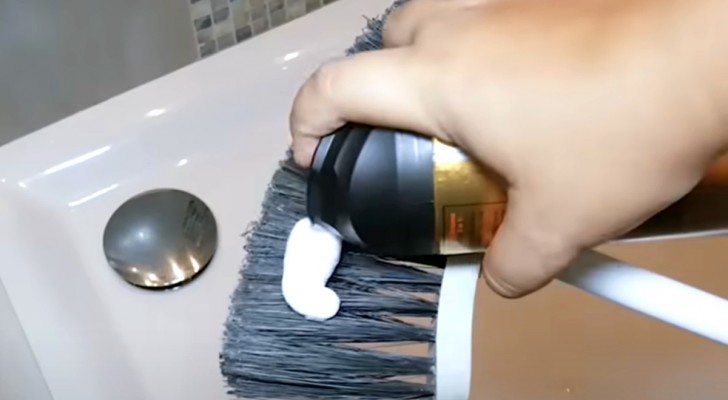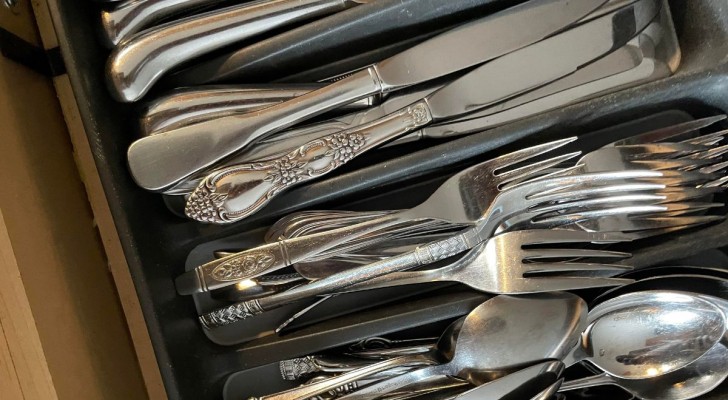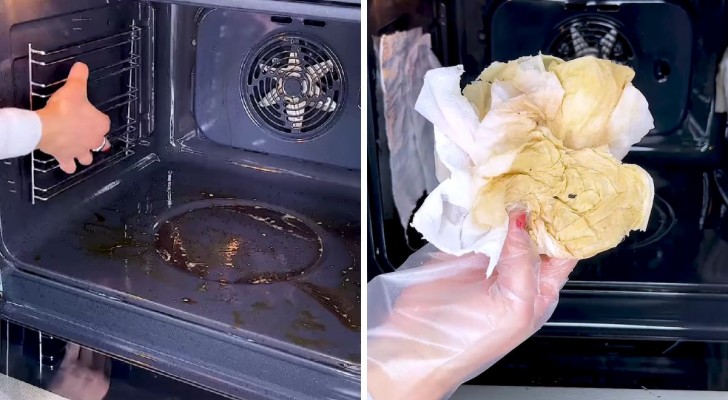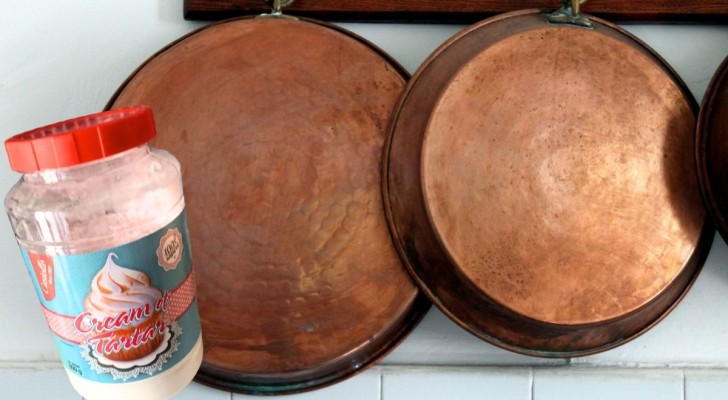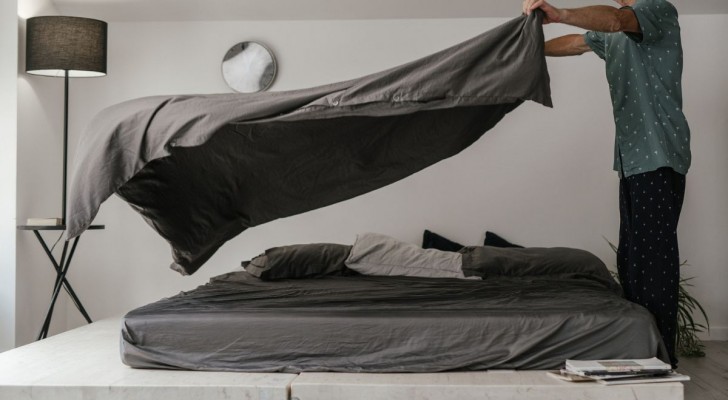Here's how to eliminate mold from the bathroom and how to prevent it appearing

Humidity is the number one cause of black mold, a small organism belonging to the fungi phylum and capable of proliferating - quickly - on most surfaces. Unfortunately for us, the bathroom is the room in the house which is the most humidity: it is not surprising, then, that the much-hated black mold pops up here most.
Mold (and its spores) are dangerous for humans: coming into contact with its spores could lead to the onset of numerous health problems. So, when we see the first traces of mold appear, we must intervene quickly. Let's see how:
How to eliminate mold from surfaces

Mold can quickly take root in between the bathroom tile joints, near the edges of the tub or near the sink, but also on walls and ceilings if the environment is not sufficiently ventilated. Fortunately, at least in the beginning, mold removal is not particularly difficult. In all cases, we recommend that you equip yourself with special protective accessories such as rubber gloves and a mask when mold-cleaning.
You can use a mixture of bleach diluted in water. Once you have this mixture - preferably in a spray bottle - spray onto the moldy areas and wait a few minutes for it to take effect. Then proceed with a cloth or a special brush to scrub and scrape away the mold.
Other effective cleaning combinations are those obtained by combining vinegar and water, sodium bicarbonate with water and finally borax and water. Remember that each ingredient must be diluted in a 2:1 ratio. However, the ideal would be for mold not to appear in the first place and following certain procedures will help you achieve this.
Prevention to avoid mold growth

The first piece of advice is to ventilate your bathroom as much as possible: do it in the morning, in the evening and especially after washing laundry at high temperatures. The condensation given off could stagnate on any surface and lead to the formation of mould.
Another good idea could be to install dehumidifiers; in any case, always dry those areas that appear wet or damp. Furthermore, the presence of wet cloths or rags left hanging up for hours in the bathroom is also strongly discouraged, especially if the the bathroom is small and doen't have any windows.
Finally, heat your home (especially the bathroom) as much as possible: with an ideal temperature ranging between 20 and 25 degrees C, it is much less likely that humidity will form. Mold is a problem that should not be underestimated. If a very large area of your bathroom is covered in it, don't hesitate to contact a specialist who can remove it.
